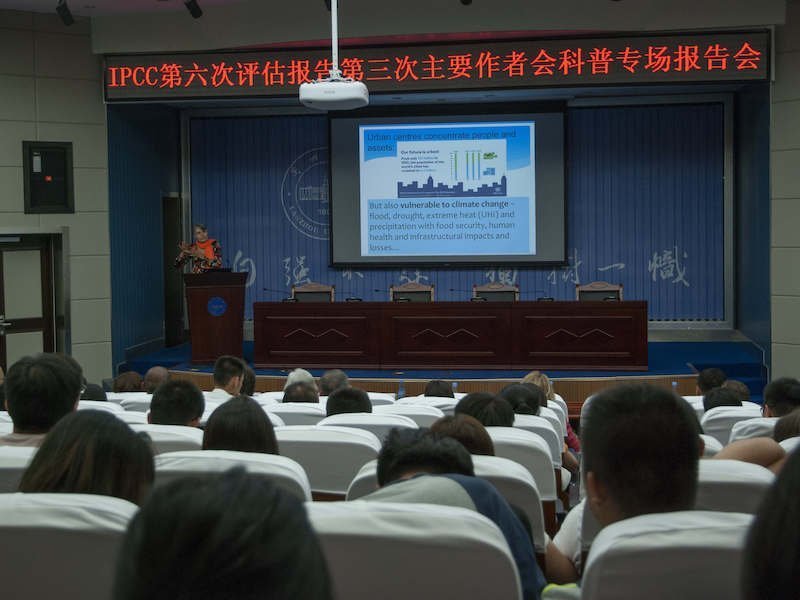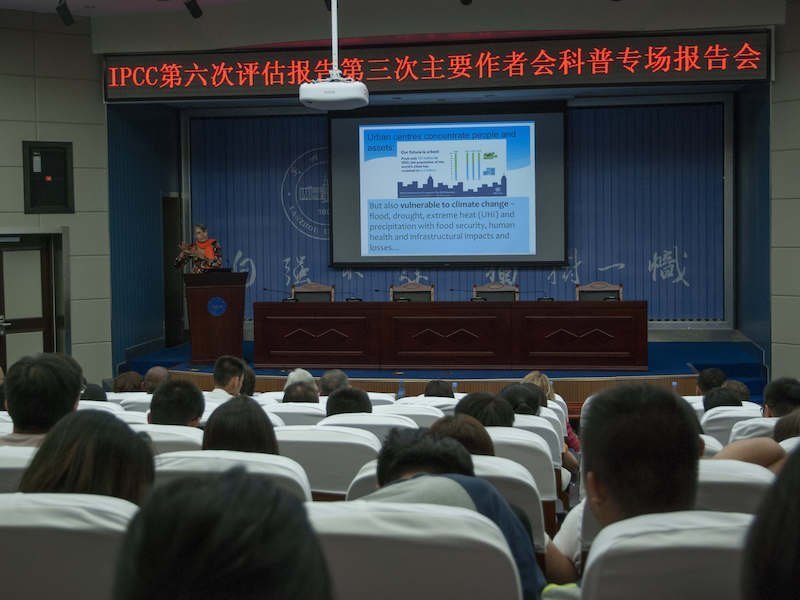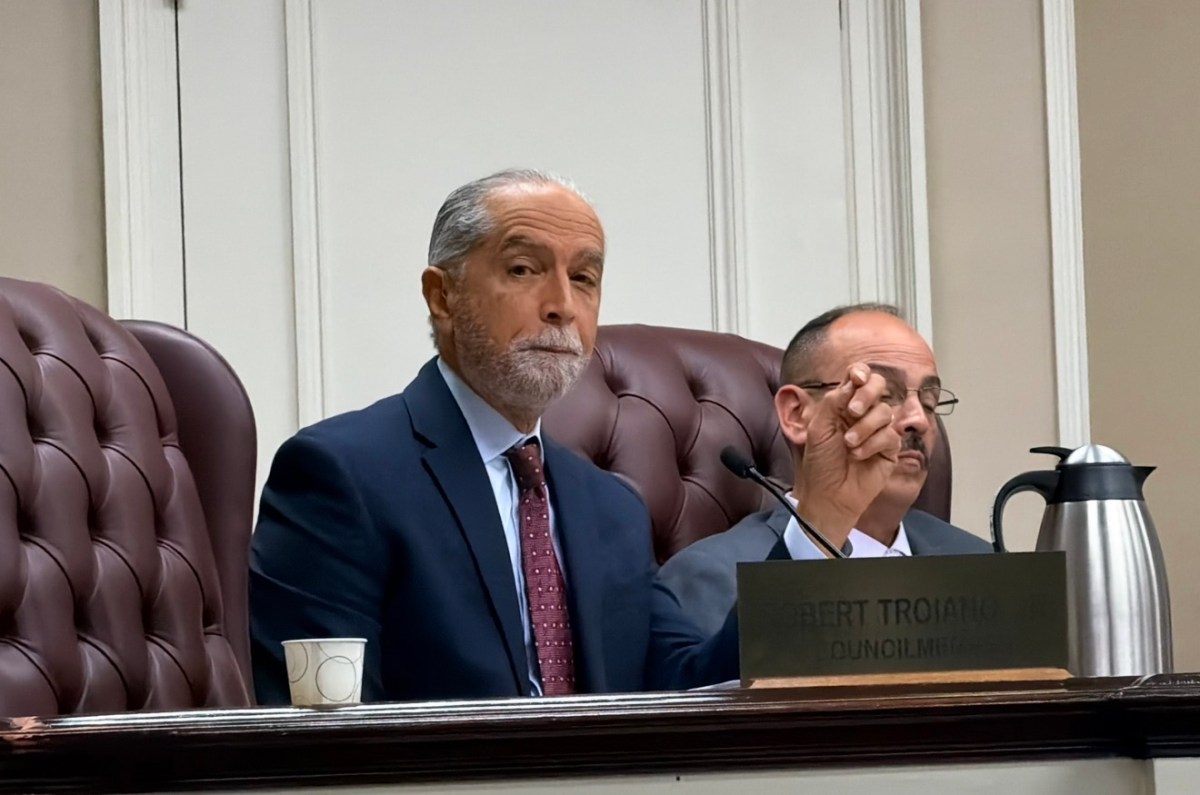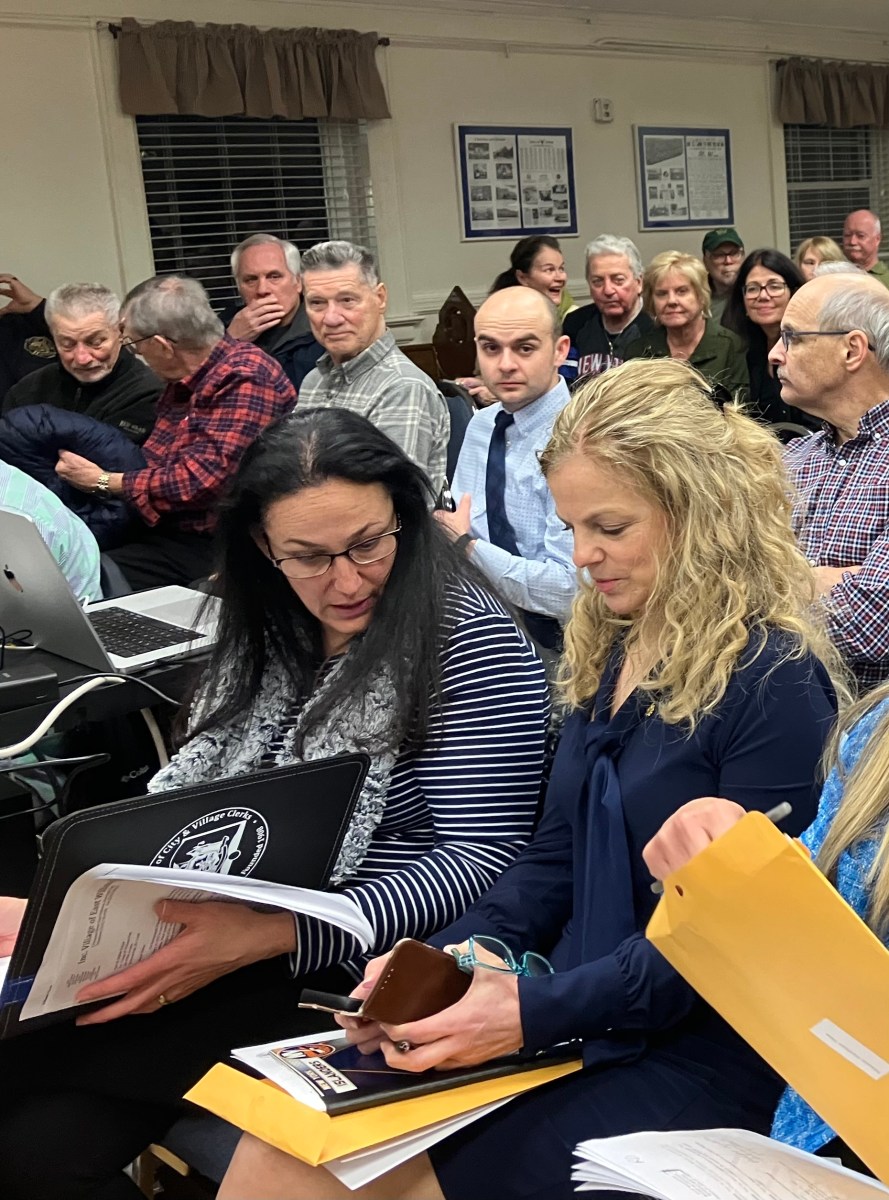During a week of continued climate strike action coinciding with the United Nations General Assembly, the United Nation’s Intergovernmental Panel on Climate Change (IPCC) released a special report warning of accelerating climate change-driven problems with the world’s waters and frozen features that should have most New Yorkers worried.
The report confirms what’s been known for decades that the earth’s oceans are warming and rising, but the report alarmingly found that earth’s water has been warming twice as quickly in the past quarter-century than it was in the 1970s. The panel’s report reminds people that there are still windows of opportunity to limit the severity of climate change in the future and fortify vulnerable areas from expected weather events in the future.
One of the most glaring examples of how dramatically different climate change could make the future is how by 2100, much of the Financial District in Manhattan may be overtaken by water. Additionally, many neighborhoods in Brooklyn would be very vulnerable to the negative effects described in this special report, from neighborhoods on the East River to Coney Island peninsula at the bottom of the borough.
Prime views of Manhattan from hip and less hectic Brooklyn neighborhoods and trips to the Brooklyn beaches could all be in jeopardy for tourists and residents alike even by the later part of this century if serious action isn’t taken. The report lays out a few scenarios that will become more likely over time and affect low-lying coastal communities like Brooklyn.

Hurricane Sandy happened almost seven years ago, and some communities still haven’t recovered, bringing to mind the devastation that a single weather event can cause. So-called 100-year weather events would become common by 2100, according to all of the projections that were used and cited by the special report. The report adds that many low-lying megacities and small islands, which include Brooklyn, will experience some of these once-rare weather events on an annual basis by 2050.
In scenarios where greenhouse gas emissions are significantly cut, Brooklyn could have more time to implement resiliency measures. The report recommends that the coastal areas with heavier populations build up physical defenses to combat problems like rising sea levels, saying that major adaptations need to be made compared to today’s efforts.
According to the report, some of the most vulnerable areas would have to be re-evaluated in the coming decades to determine if it would be best to pull people and development out of those areas in a retreat. The report recommends that people in less-populated coastal areas retreat in the future and also stressed that no matter what, some of the most vulnerable areas would have to be vacated and converted back into the original ecosystem.
If drastic measures aren’t taken, then conditions described in the report would lead to flood damage that would be two or three times as bad as it is on average right now by the year 2100. The report once again recommends that places like Brooklyn build physical fortifications and resiliency, but it warns that people who live in poorer or more rural areas may not be able to get these protections. Policymakers would have a lot of important and multi-faceted decisions on their hands.
On a global scale, the report recommends global investments of tens or hundreds of billions of dollars.










